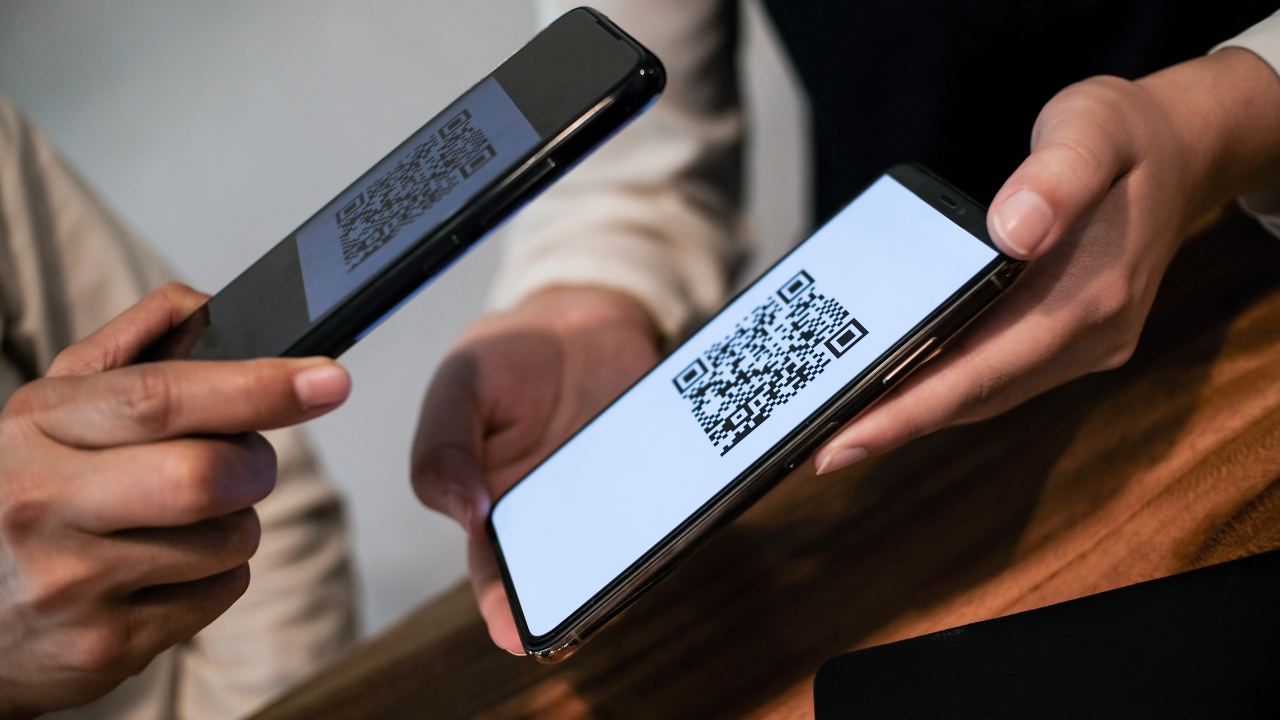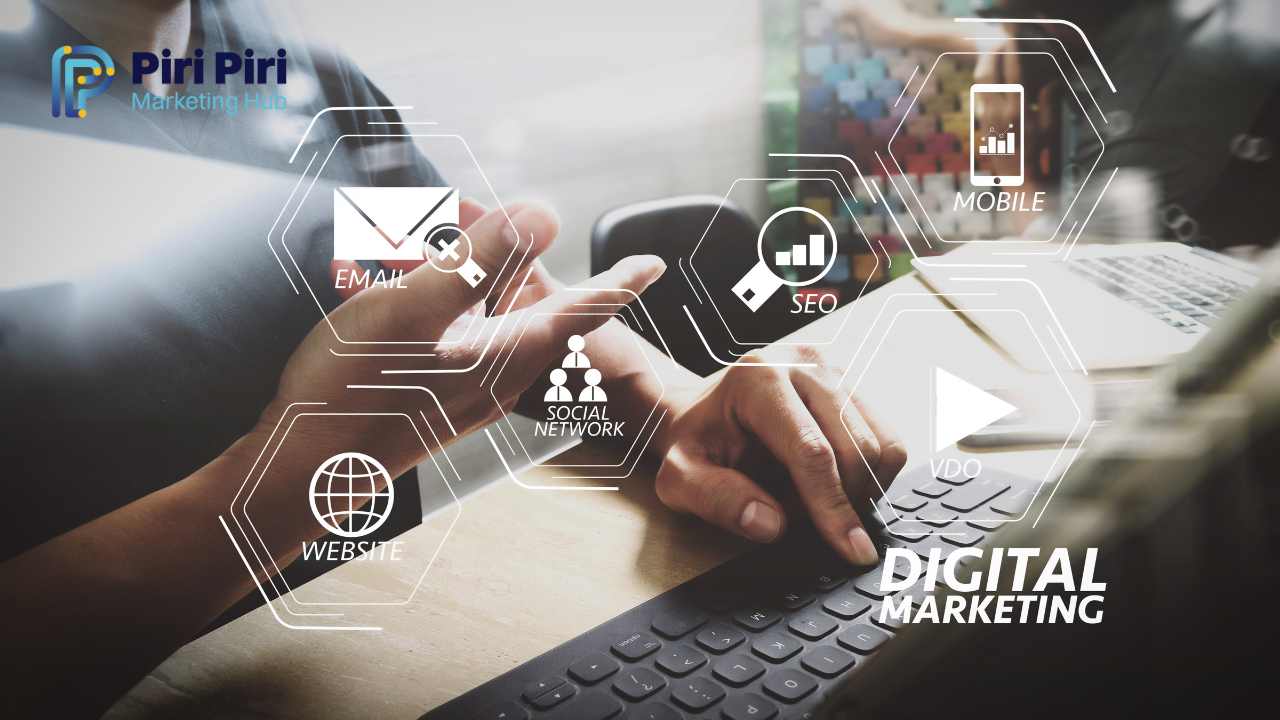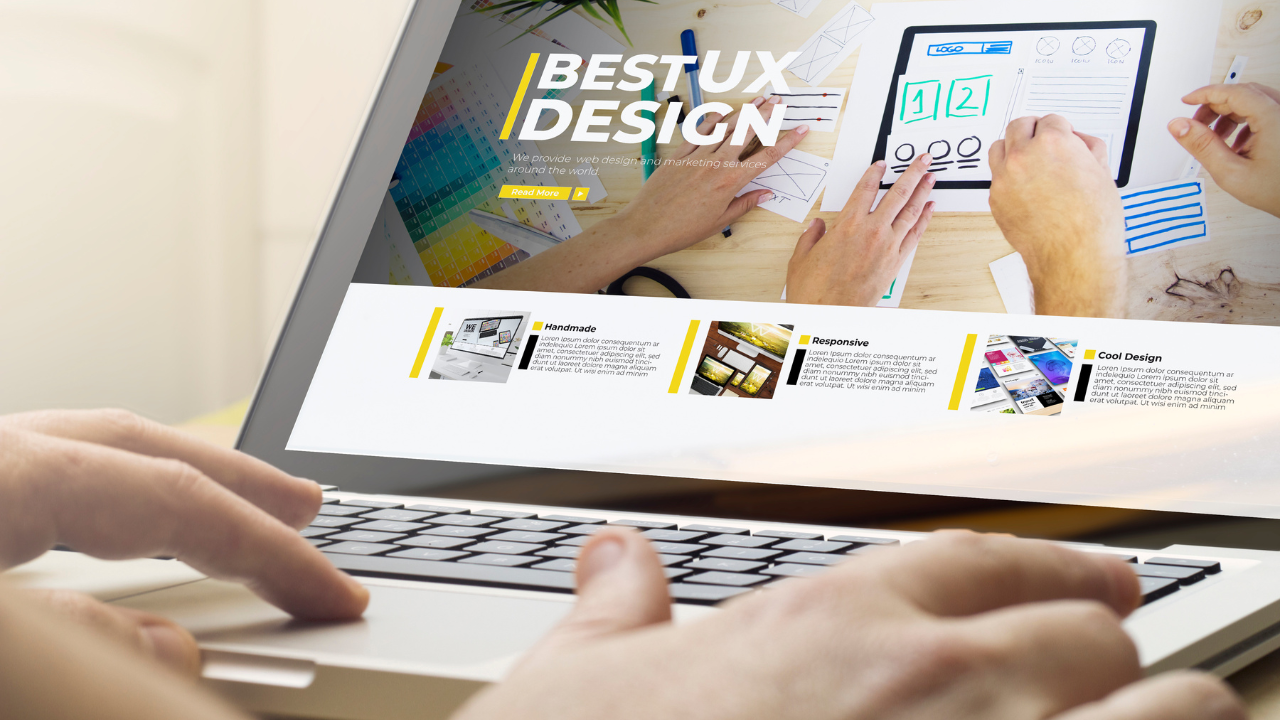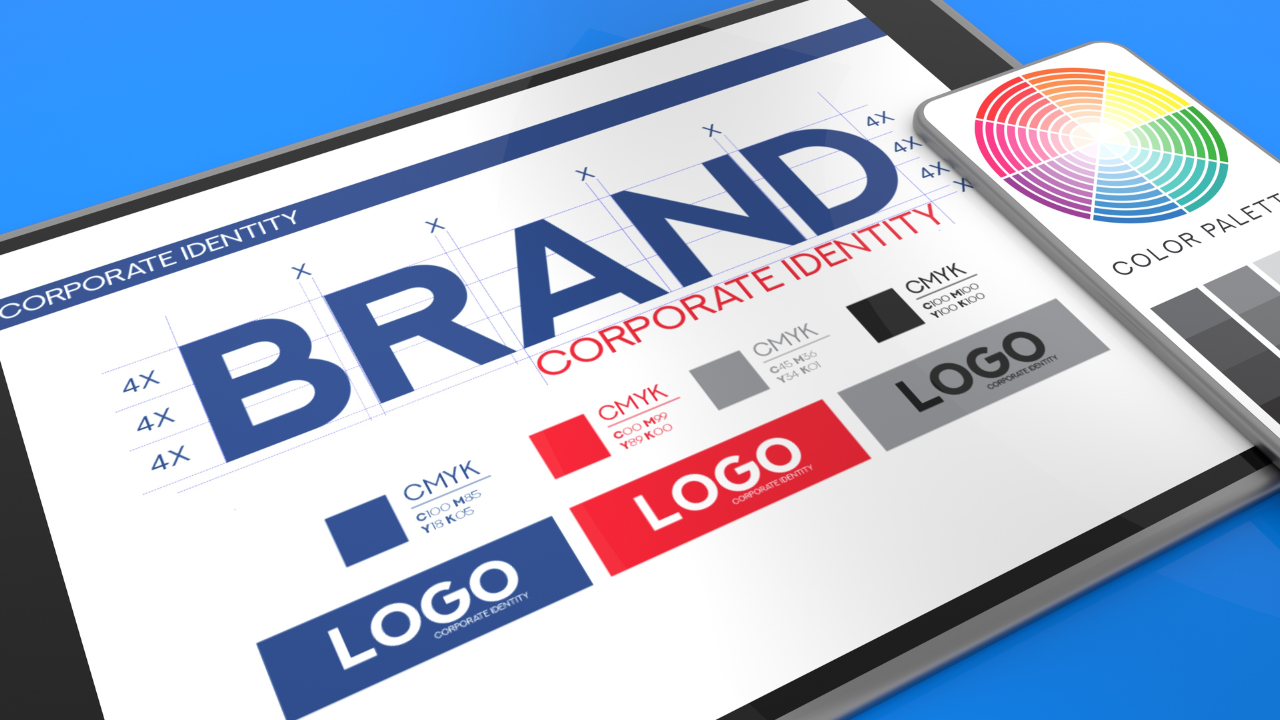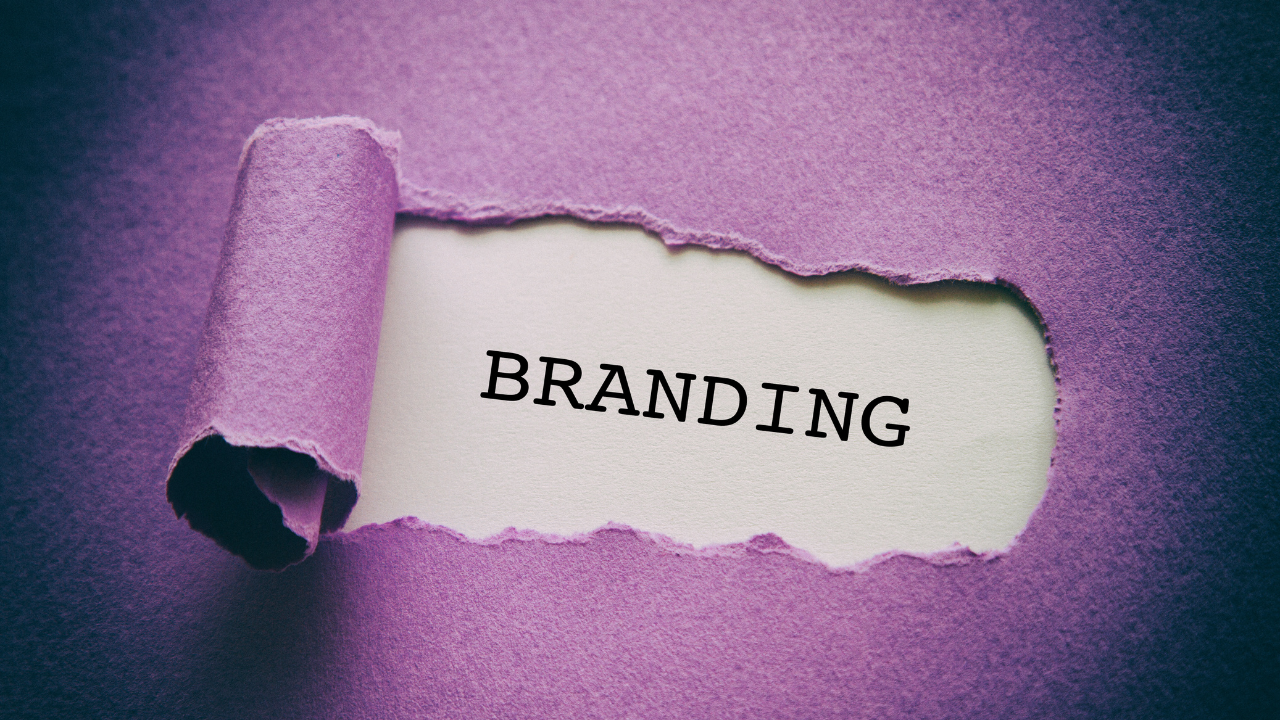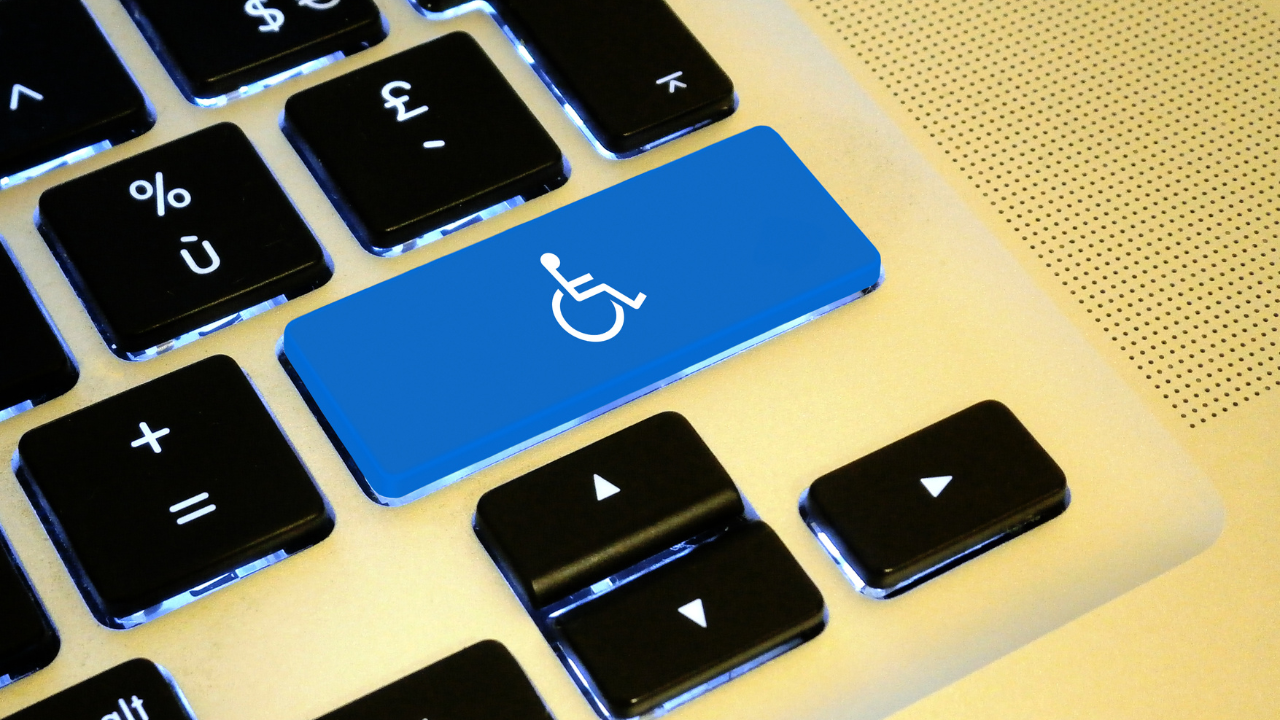Quick Answer Box
Q: Does print media still matter in the digital age?
A: Yes. While digital marketing dominates, print media in digital age remains powerful. From the physical nature of print campaigns to the trust built by print publications, printed material continues to complement digital platforms by offering unique advantages, lasting impressions, and sustainable options such as eco friendly inks and recycled paper.
Introduction: Old School Meets New School
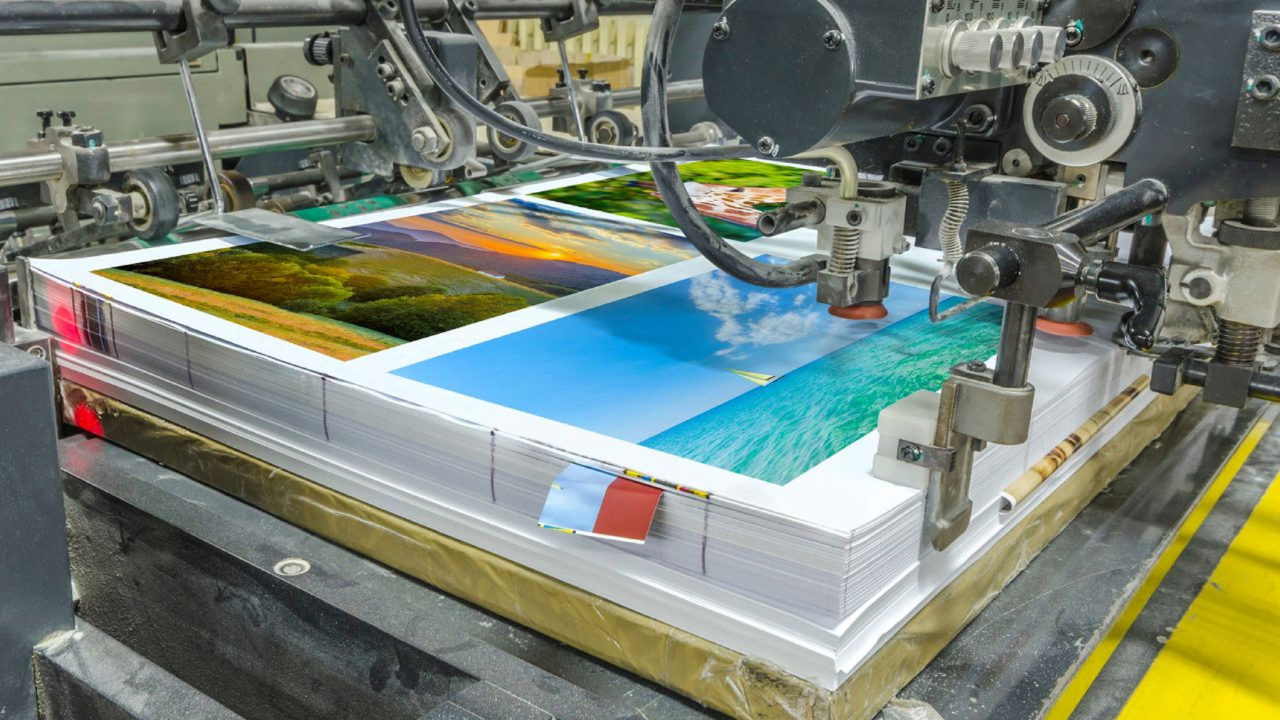
In today’s digital world, businesses are surrounded by digital ads, digital screens, and constant digital content. Yet, despite the digital noise, print media continues to play a critical role in brand storytelling.
At Piri Piri Marketing Hub, we have seen how integrating print media into a modern marketing strategy can help brands cut through clutter and build authentic connections. Print and digital are not rivals, they are partners that deliver maximum impact when used together. Print media’s enduring role as a platform for publication offers in-depth, tactile content and effective advertising opportunities that digital formats may lack.
The Evolution of Print Media
The print industry has experienced massive change.
- Past: Newspapers and magazines dominated the landscape. Print advertising and print advertisements were primary sources of consumer information.
- Present: In an increasingly digital world, print publications survive by working with digital counterparts like digital subscriptions.
- Future: The future of print media involves digital formats, augmented reality, and sustainable printing to reduce carbon footprint.
Why Print Still Works in a Digital World
1. Tangibility Matters
Unlike digital formats, the physical experience of holding a magazine cover or brochure offers a focused reading experience that digital platforms cannot match.
2. Trust and Credibility
Print media offers a sense of authority. Consumers still see print publications as primary sources of credible information. According to Nielsen, print ads remain among the most trusted forms of advertising.
3. Less Competition
Inboxes are saturated with digital ads, but letterboxes remain clear. This gives local businesses an opportunity to stand out with print campaigns.
Content Creation in Print
Content creation in print media is a dynamic and thoughtful process that continues to play a crucial role in the digital age. While digital platforms and digital ads dominate much of today’s marketing landscape, print media remains a powerful tool for brands seeking to make a lasting impression. The journey begins with a deep understanding of the target audience and the specific goals of the print campaign—whether it’s to inform, persuade, or inspire through print advertisements, magazines, or other printed materials.
Unlike digital formats, print media offers a tangible, focused reading experience that stands out in an increasingly digital world. The process of content creation in print involves careful planning, from conceptualizing the message to selecting the right medium—be it newspapers, brochures, or personalized print materials. Each format is chosen to reach niche audiences effectively, ensuring that the content resonates and delivers value.
Graphic designers are at the heart of this process, bringing creativity and expertise to the design of visually appealing print materials. Their work ensures that every piece of printed material not only captures attention but also communicates the brand’s message with clarity and style. The physical nature of print allows for unique design elements—textures, finishes, and even scents—that digital screens simply cannot replicate, creating a sensory connection with readers.
As digital technology evolves, so does the future of print media. The integration of augmented reality and QR codes into print publications is opening up exciting ways for brands to bridge the gap between print and digital. These innovations allow readers to interact with printed material in new ways, seamlessly connecting the physical and digital worlds and enhancing the overall marketing strategy.
Sustainability
Sustainability is also a key consideration in modern print content creation. The print industry is increasingly adopting eco friendly inks, recycled paper, and sustainable practices to reduce its environmental footprint. This shift not only addresses environmental concerns but also appeals to consumers who value eco friendly products, ensuring that print media continues to be a responsible and relevant choice.
One of the unique advantages of print content is its ability to deliver depth and quality that often surpasses digital content. Print publications provide a space for in-depth analysis and storytelling, free from the distractions and digital noise of online platforms. This focused reading experience allows readers to engage more deeply with the content, making print an essential part of any comprehensive marketing strategy.
Beyond marketing, print media plays an enduring role in preserving history and culture. Many newspapers and magazines serve as valuable records of societal trends and events, highlighting the lasting value of print as a medium. As the world becomes more digital, the future of print lies in its ability to evolve—adapting to new technologies and consumer preferences while maintaining its core strengths.
In summary, content creation in print media is a multifaceted process that blends creativity, strategy, and innovation. By leveraging the unique advantages of print—its tangibility, sensory appeal, and capacity for deep engagement—brands can create powerful, memorable experiences for their audiences. As part of a balanced marketing strategy, print media continues to offer enduring value and remains an essential part of the media landscape in the digital age.
Print and Digital: A Winning Combination
The smartest marketing strategy is to integrate print and digital. Print media remains a vital component of overall marketing strategies, and businesses should incorporate both print and digital approaches to effectively reach consumers. For example:
- Print advertisements paired with QR codes that direct to digital media.
- Printed material like brochures linked to websites and digital subscriptions.
- Magazines and catalogues designed by graphic designers to align with digital content creation.
This synergy is what Piri Piri Marketing Hub specialises in, bridging traditional and modern channels.
Popular Print Media Options in the Digital Age
- Business cards – a cost effective yet powerful tool.
- Magazines – showcasing lifestyle or industry insights.
- Newspapers – still trusted by niche readers.
- Brochures and flyers – great for reaching wider audiences.
- Personalised print materials – such as targeted mailers for niche audiences.
Case Study: Print Campaigns That Work
A local business used a print advertising campaign designed by Piri Piri Marketing Hub. The printed material included a loyalty card with a QR code, allowing readers to access exclusive offers online. The hybrid approach generated a lasting impression and boosted consumer engagement both offline and online.
Eco-Friendly Print in the Digital Age
The future of print is sustainable. The print industry is responding to environmental concerns by reducing environmental impact. Strategies include:
- Using eco friendly inks and sustainable practices.
- Printing on recycled paper to cut carbon footprint.
- Designing with minimalism to reduce rising costs and waste.
This shows print media offers enduring value even as the world embraces digital technology.
Personalisation in Print
Advances in printing technology make it possible to create personalised print materials that connect with consumers in exciting ways. From custom postcards to print advertisements tailored for niche audiences, print continues to adapt.
Print Media and Brand Identity
The physical nature of print creates lasting impressions. From premium brochures to magazines, print media remains an essential part of building a brand’s credibility. Publishers know the enduring value of the tactile experience, something that simply does not exist on digital screens.
At Piri Piri Marketing Hub, we help businesses select the right print publications and printed material that reflect brand professionalism.
Digital Integration: Print With a Twist
By combining digital technology with print campaigns, brands create exciting ways to reach audiences. For example:
- Augmented reality in a magazine cover allowing readers to access videos on their phones.
- A print advertisement driving readers to a digital platform for more details.
- Print offers that link to digital subscriptions.
This integration keeps consumers engaged across multiple channels.
Challenges Facing Print Media in the Digital Age
- Rising costs of paper and ink.
- Environmental footprint concerns.
- Difficulty tracking ROI compared to digital counterparts.
Overcoming Print Challenges
Solutions include:
- Using eco friendly materials to address environmental concerns.
- Smaller, more targeted print campaigns to manage rising costs.
- Smart use of digital technology like QR codes for measurable results.
Future of Print Media: Reinvention, Not Extinction
The future of print media lies in its ability to complement, not compete with, digital media. By offering unique advantages like focused reading experiences, physical experiences, and enduring value, print continues to hold a crucial role in marketing.
With tools like augmented reality and digital printing, the print industry will continue offering unique advantages to publishers, brands, and consumers in an increasingly digital world.
Final Thoughts: Print and Digital Together
Print media in digital age is not outdated, it has evolved. Print media offers a powerful tool for business marketing, giving brands a chance to stand out with a lasting impression.
With Piri Piri Marketing Hub, you can craft a marketing strategy that blends print and digital seamlessly, harnessing the essential part each plays in reaching wider audiences.


